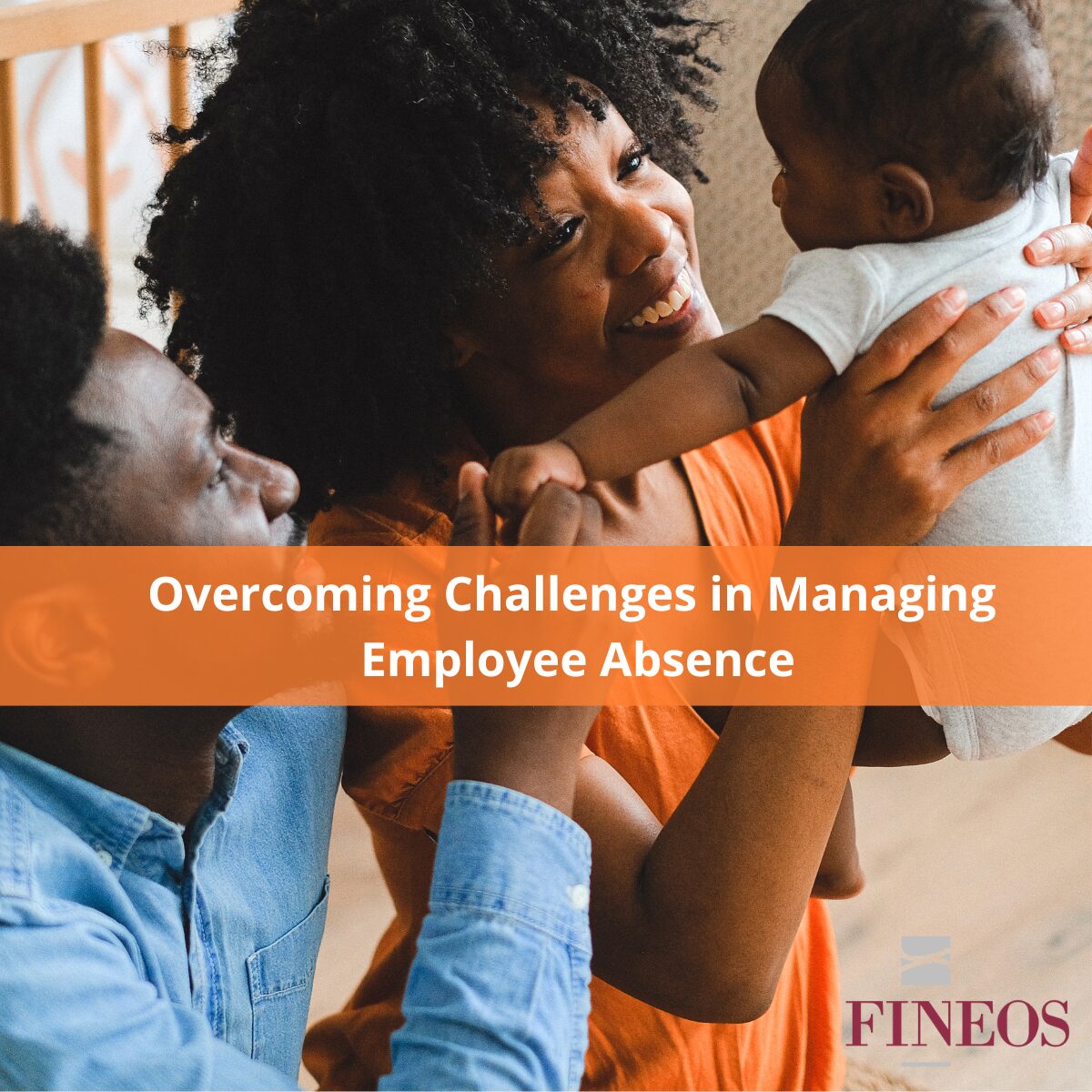By Graham Newman, European Product Marketing Manager, FINEOS
I recently chaired a discussion at TINtech on the subject of Claims Transformation, with an emphasis on how technology can contribute to and support it. While preparing for the debate and researching the topic, it became clear to me that technology is not only contributing to and supporting the transformation we see about us in contemporary insurance, it is, perhaps more often than not, the driving force behind that transformation. The question is: Do we have it under control?
Part of the challenge for insurers will be in harnessing technology to do what we want – while preventing it from intruding in ways that we believe will not lead to betterment; while at the same time being open to new possibilities, being able to see what it can do, often in other industries or in our personal lives – that give us opportunity for innovation.
I centred the discussion on some of the benefits we could see from a positive transformation in claims processing, and narrowed down the focus to examine how to best use the strategic value of claims to:
- improve customer service
- enhance retention
- increase profitability.
If the industry is to do this, it is going to take innovation. I wanted to ask the audience at the debate how good they thought the industry was at innovation. To be fair, I anticipated a low level of approval. I remembered some research done on this a year or two ago by the analysts Celent, in which they asked people in the industry how they rated insurance companies on successful innovation compared to other industries. A whopping 2% thought the insurance industry was better at innovation than other industries; whereas 64% thought it was worse and 12% much worse. Just 22% – a fifth – thought it was about the same. Now, I know what you’re all thinking – “Which companies do the 2% work for and how can I get a job there?” But it’s not revealed in the report, (I’ve looked!).
I asked for a simple show of hands from the audience on three questions:
1. Who thinks that the insurance industry is as good as other mainstream industries in innovation?
2. Who thinks it is, generally speaking, better – in the top half?
3. Who thinks it needs to up its game?
You will not be surprised at the response: two people thought the industry was as good, generally speaking, none thought it was better and a sea of hands greeted the last option.
Celent also did a consumer survey in which they asked consumers to rank different industries in their ability to deliver a great service experience through smart use of technology. It showed insurers coming behind the likes of Amazon and telecoms companies, which you would expect; but they only made it just above traditional retailers without web sites. Oh . . . and above the government.
It would have been an interesting exercise to make a proper count and do it again in a year but we did not have the time.
My own views on the three target benefits listed earlier are influenced by my personal experience as a claimant, (major house floods in 2007), and I feel that improving the customer experience is going to start with better communication, which means advances in the areas of:
- Access
- Availability
- Knowledge of the customer
- Providing assistance and being pro-active
- Clarity.
This in itself will improve retention – we all want to do business with organisations that give us what we need and value us.
As for increasing profitability; one obvious candidate is Efficiency, which can come from:
- Better processes
- Real-time monitoring
- Automation – where appropriate.
However, it must never detract from the customer experience. I’m sure many of us have come across uses of technology in our private dealings with the industry where we inevitably feel that technologically driven efficiency has replaced customer service. You know that moment on the telephone, talking to a machine: “To speak to a real person who might have a vague chance of helping you, Press 24; to break down in despair, press 25”.
I see a number of defined challenges and I will be examining these in the next blog.


